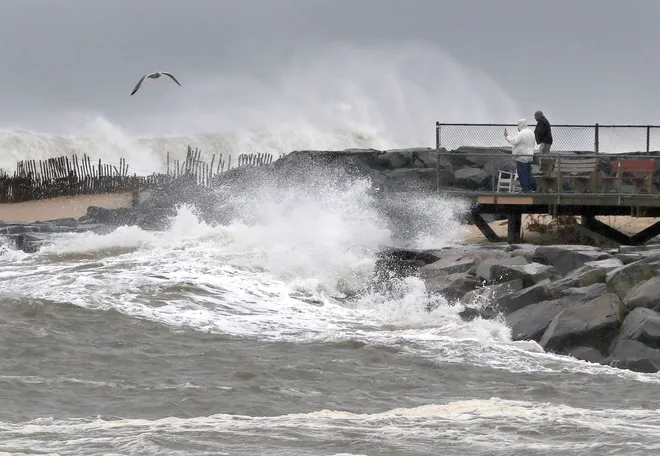Conspiracy Theory: The Lock Ness Monster

May 24, 2021
Throughout time there have always been rumors spread about silly things like aliens in the sky and big monsters hidden in the woods. Most of them seem so far fetched that there is no way they exist. However, the story of the Loch Ness monster is different, and very very compelling. Not only is there clear evidence to prove the story of the Loch Ness monster, there are also images to back the rumors that have spread. With 80% of water being unexplored, it is very probable that the Loch Ness monster does exist. So much is unknown and with stories of the monster lurking in the water, I am led to believe that it is true.
The Loch Ness monster was first sighted on May 2, 1933. The newspaper Inverness Courier relates an account of a local couple who claim to have seen “an enormous animal rolling and plunging on the surface.” Along the lake’s shores, he found large footprints that he believed belonged to “a very powerful soft-footed animal about 20 feet [6 metres] long.” However, when the prints were they were simply told to be an umbrella stand. After the sighting people were on high alert in the waters, keeping their eye out for this so-called monster that roamed them. Throughout the late 1950s and 60s searches for this monster were launched, with many British universities sending out sonar equipment to search the water. Nothing was found from the searches that proved whether or not the rumor was to be true but nonetheless people were still excited about the prospect of finding something lurking.
Throughout the next few decades more and more searches were launched to try to capture images or some solid proof of this monster. In 1975, another expedition combined sonar and underwater photography in Loch Ness. A photo that, after enhancement, appeared to show what vaguely resembled the giant flipper of an aquatic animal. Although that photo was later to be proven a hoax the searches continued.
In 2018 researchers conducted a DNA survey of Loch Ness to determine what organisms live in the waters. No signs of a plesiosaur or other such large animal were found, though the results indicated the presence of numerous eels. The findings made people rid of the idea of this monster, since more and more evidence proved that it was probably just a large eel. But, even still the idea of the Loch Ness monster is a popular draw to Scotland and conspiracy theorists all around.
So, although the Loch Ness Monster could be real, there is no solid evidence proving this to be true. In reality a scared couple on a boat properly saw something and blew it out of proportion. The Loch Ness monster could be lurking deep in the sea, or it could just be a bunch of eels swarming together. But for now, we can keep an eye out for Nessie anytime we’re on the water.





















